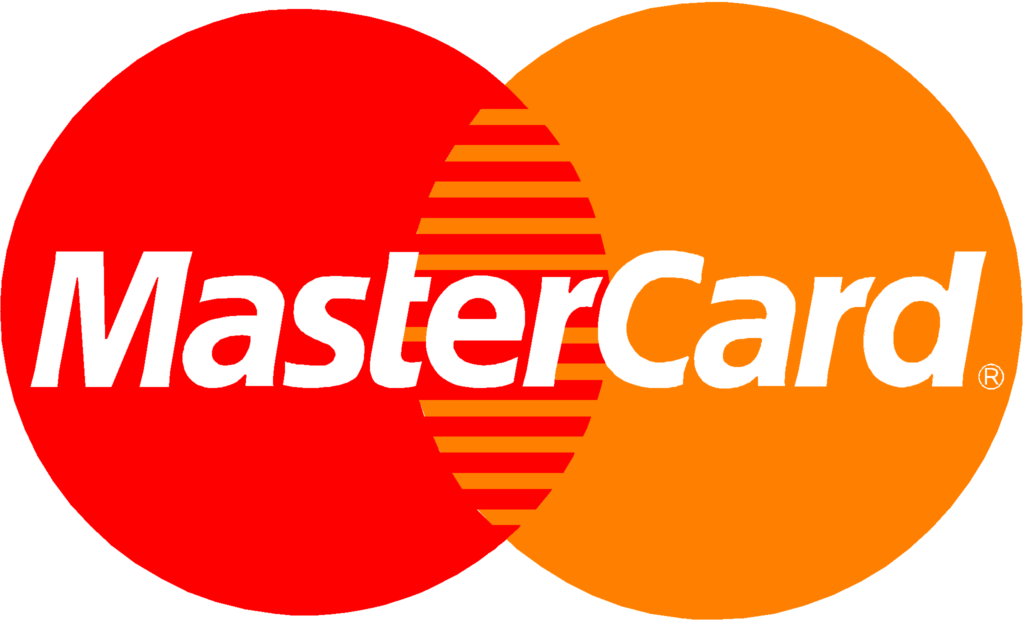You’re sick of it.
You’ve been dealing with SEO for weeks or even months.
Perhaps you’ve tried to find keywords on your own. Optimize meta titles and descriptions. Or improve your PageSpeed score.
But your Google rankings just don’t want to go up.
Or you are a complete beginner and so overwhelmed by the amount of information available that you don’t know where to start.
The good news:
I’ll take you by the hand and show you what’s really important in SEO.
I’ll show you the steps that are essential if you want to improve your Google ranking:
Keyword research is the most important and basic SEO measure you can do for your blog or website because being in number 1 for a search term is of no use to you if nobody is looking for it.
So take the time to find really good keywords. And learn how keyword research works so that you avoid common beginner mistakes such as:
I recommend KWFinder for keyword research.
In contrast to many other tools, this not only shows the exact search volume but also analyzes the competition.
How you can find good keywords and what you have to look out for in keyword research, I explain in detail in my guide Keyword Research: The XXL guide to finding and analyzing keywords (including case studies).
Content is the be-all and end-all. The foundation for all of your marketing efforts. Be it on Facebook, Twitter, Pinterest, or Google.
To be successful, your content should:
But no matter how great your content is – if Google doesn’t understand it, you won’t improve your Google ranking a bit but will end up in the Death Valley of the second page forever.
So you have to tweak it a bit so that Google can classify it as relevant to a particular search query:
Google’s goal is to fulfill the user intention behind every search as best and as quickly as possible.
This includes not sending search engine users to websites that are unsafe, load slowly, or are not displayed correctly on the device the user is using.
To do this, you should implement the following points:
Google itself provides many tools to test the usability of your websites, such as PageSpeed Insights, the tool for testing optimization for mobile devices, or the new speed test for mobile devices.

If you want to improve your ranking on Google, backlinks, i.e. links to your website from other websites, are essential. Without backlinks, you will not get to the first page in Google search results, at least not permanently and/or for keywords with stronger competition.
It is not only important that your homepage is linked, but also the blog articles or subpages for which you want to get higher in the ranking.
For example, to get more links, you can:
Does your digital marketing agency guarantee growth?
Our full-service digital marketing agency in Australia is looking forward to getting your brand awareness shouting out loud. Don’t watch your competitors rise up the Google ranks instead claim your customers.








© 2022 All Rights Reserved by searchcombat.com
© 2022 All Rights Reserved.